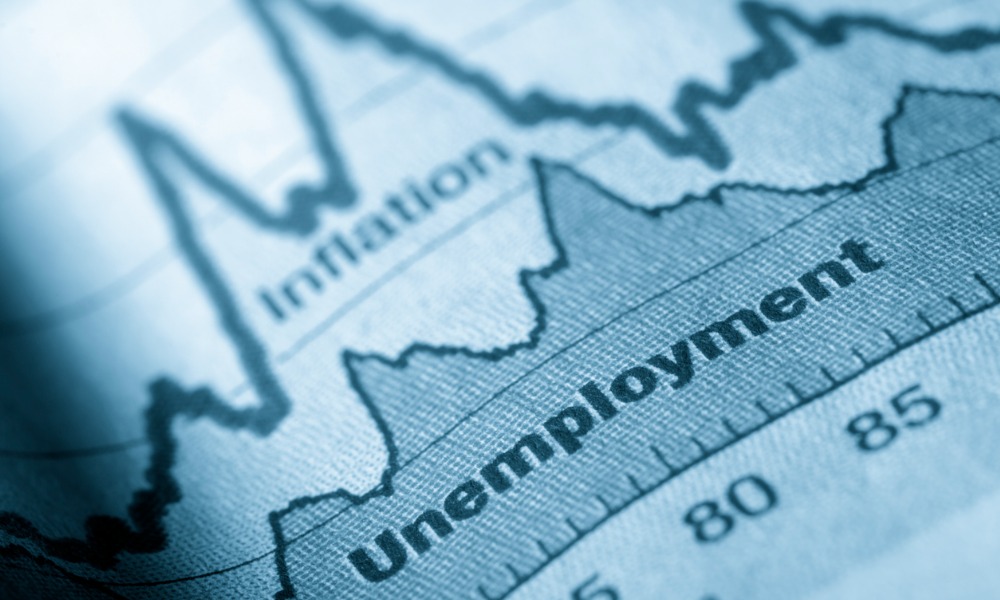
'The way we work out who is employed… is based on 1950s-era assumptions'

Australia's national unemployment figures could be more than three times than what is officially released by the Australian Bureau of Statistics (ABS), according to a new report.
Research from think tank The Australia Institute warned that the "strict and outdated" classifications of who are unemployed and who are not in the labour force (NILF) could be significantly underestimating the actual number of people looking for jobs.
The report noted that definitions for employment are too broad, especially at a time when there are Australians that are likely to be casual, part-time, or gig-economy workers.
"The way we work out who is employed, which can mean as little as one hour of work a week, and who is unemployed and actively looking for work, is based on 1950s-era assumptions that bear little resemblance to the workforce today," said Matt Grudnoff, senior economist at the Australia Institute, in a media release.
According to the report, current factors that help categorise who is unemployed include:
Not meeting the first criterion means an individual is unemployed, and not meeting two criteria means they are NILF.
Those under NILF are still classified among so-called discouraged employees and other categories of people who want to work, despite the ABS not including them in the labour force, according to the think tank.
"This makes the official figure for unemployment particularly problematic — if discouraged workers and others who want to work but are not considered unemployed were included in this official figure, it would more than triple," the report said.
It cited the case of those who left employment in January 2023, where only 17% went into unemployment while the rest were categorised as NILF.
When looking at those who landed jobs, only 21% were previously unemployed, while the rest were from the NILF category.
"In other words, the bulk of movements into and out of employment completely bypass unemployment," the report said. "This suggests that the number of people categorised as 'unemployed' at any given time is likely to be just a small fraction of the true number of unemployed Australians."
The report came as Australia's unemployment rate recently went up to 3.7% in July after recording a historic low of 3.5% in June.
But Grudnoff warned that the ABS "failings" on the definitions could mean policymakers referencing unemployment data are only considering a small portion of those looking for jobs.
"Any organisations who use the official figure for unemployment should understand that it is just the tip of the iceberg of people looking for work," the senior economist said.
The warning mentioned the Reserve Bank in particular, as it uses ABS data on developing policy on inflation.
"When the RBA uses the unemployment rate to help justify increasing interest rates, they're using a figure that does not give people an accurate understanding of what is actually happening in job market," Grudnoff said.
"Our research shows that policymakers and the media needing to broaden their focus from just the narrow unemployment rate in order to provide a clear picture for everyone about the state of our economy."